Other Alternatives for XenServer Management
XenServer is very easily managed through graphical applications as well as the command line. Management of hosts is even easier once the hosts are pooled as the pool master will manage many of the configurations of the other pool members for the administrator.
For those administrators who use Linux systems, sometimes booting a Windows machine is excessive for the purposes of connecting to a running guest.
As mentioned in the XenServer guest creation article, XenServer does have the ability for administrators to connect to the running guests via an SSH tunnel.
The author takes advantage of this functionality quite often and has written a script to help automate this process so there is no need for a Windows virtual machine for XenCenter.
This script allows an administrator to connect to a XenServer host, obtain a list of guests on the host, and then sets up a SSH tunnel and VNC connection to that running guest.
The script helps to alleviate any issue that may occur should the guest loose network connectivity and thus the ability to be managed remotely. Since the VNC session is done through the XenServer host itself, as long as the administrator’s machine can reach the XenServer, a console session to the guest will be available.
The script has been tested for a couple of months but any suggestions, optimizations, or issue reports would be greatly appreciated should a reader locate any issues.
The administrator can launch this BASH script in one of two ways (the following instructions assume that the script is in the current directory).
$ wget https://www.tecmint.com/wp-content/scripts/XenVNC - BASH script download $ chmod u+x XenVNC; ./XenVNC – Method 1 $ bash XenVNC – Method 2
Upon launching the script, the script will prompt for the necessary information for the XenServer(s) to connect to in order to obtain a list of virtual guests.
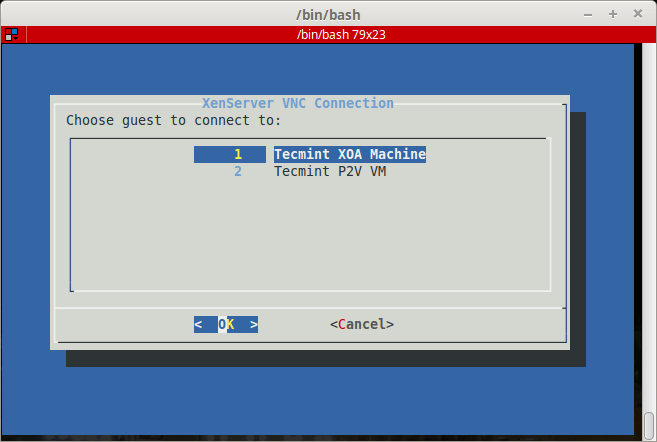
Once a guest is selected, a SSH tunnel will be created to the proper XenServer host and a console session to the guest will be created through xvncviewer.
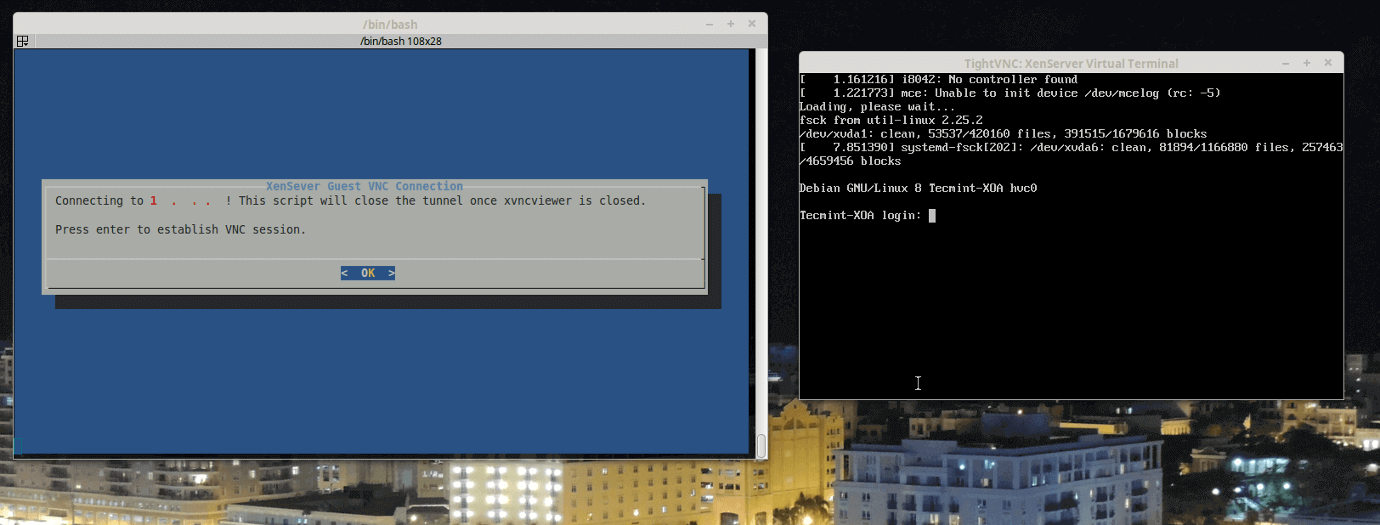
The management of XenServer hosts and virtual guests is made much easier through the use of available tools. The Citrix approved XenCenter utility works wonderfully but for those administrators not running Windows, Xen Orchestra provides a clean web based method for managing XenServer hosts and XenServer guests.
For those simply looking to quickly connect to the console session of a running guest, the included BASH script will quickly setup a connection to the guest through an SSH tunnel to the XenServer host actually running the virtual guest.
Best of luck in the adventures of graphical XenServer management. Please feel free to leave any comments or questions below.


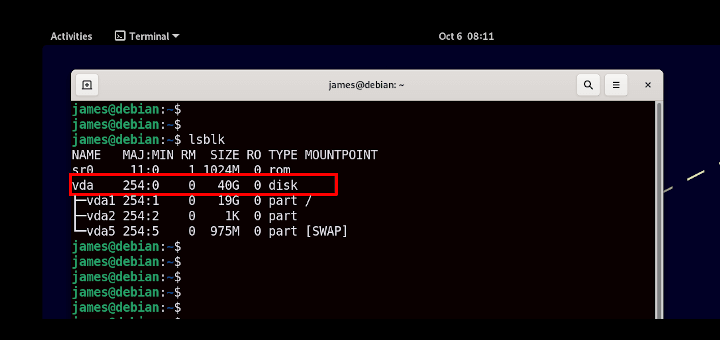

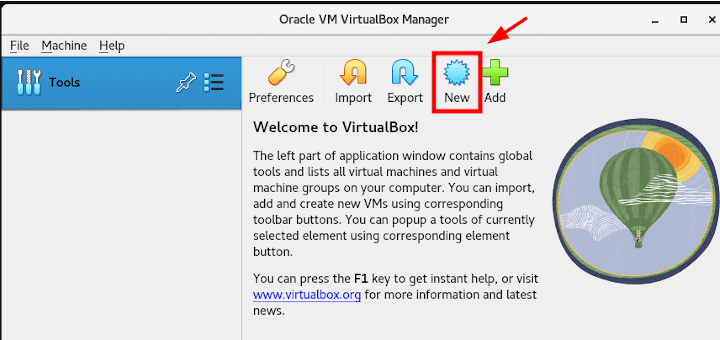
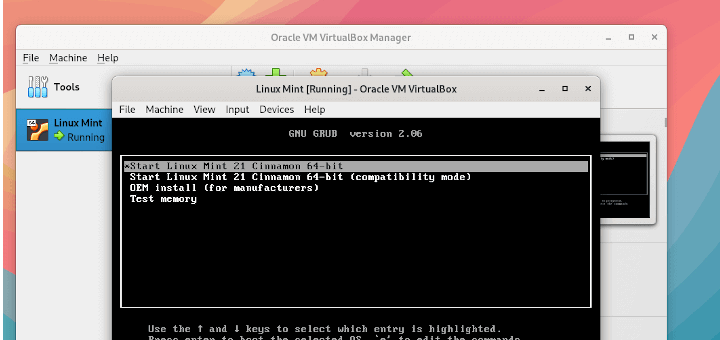
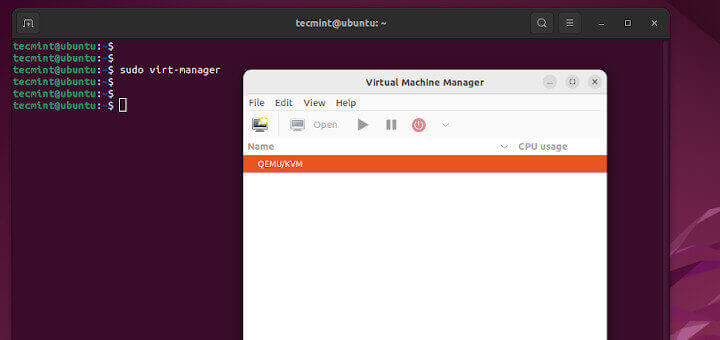
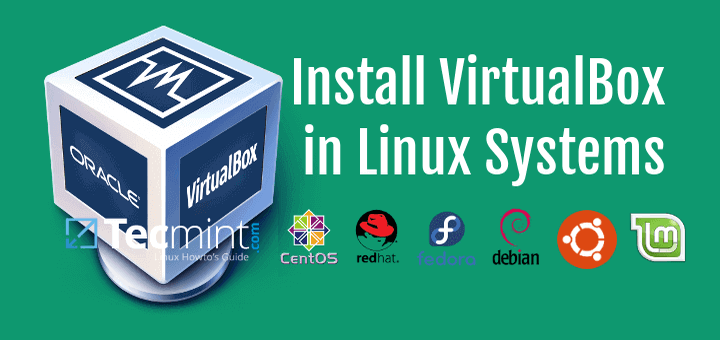
Hi there is some other solution apart from Xen Orchestra for Linux (Debian strech)
hello sandro i came across a project call archipel archipelproject.org looks like an alternative solution to XO but am not sure its in active development!
Sandro/Biyi,
There is openxenmanager available in most distributions. Personally have had hit or miss luck with it but it is a viable option if you don’t wish to use Xen Orchestra or XenCenter.
Rob,
i think Sandro is looking for an alternative solution similar to XO, something more of a web app, i think OXM is a native app. Have you seen archipel ( archipelproject.org )? maybe you could review it!
Biyi,
Ah, you’re correct OXM is a local package for most distros. I’ve not heard of archipel but will definitely take a look at it!
Hi Rob,
How should we update this to the latest release?
Abdul,
Which part are you wanting to update? XenCenter can be downloaded from a XenServer running XenServer 7.
Hi Rob,
I’m looking to update Xen Orchestra, I’ve installed it from the tutorial above, and its running fine. I’m just concerned if I pull the latest release, would it affect my existing setup?
Abdul,
The open source Xen Orchestra appliance will sadly require the use of ‘git’ commands in order to update it. One of the benefits of buying the actual appliance is that it has an ‘upgrade’ button to make upgrading easier. I’m reviving my old install from a snapshot and I will share the steps/results.
Biyi,
Indeed the backup functionality is available from the sources. From the Xen Orchestra main page (one where all the XenServer host and guests are displayed) next to the user currently logged in name, there is an icon of nine little tiles. Click on that icon and halfway down there will be a link to the backup manager. From the backup manager, a schedule of VM back ups can be created as well as rolling snapshots. Let me know if this is what you are needing.
hello rob!, nice article thanks, please does the source installation of Xen orchestra comes with VM backup tools?
Biyi,
Indeed the backup functionality is available from the sources. From the Xen Orchestra main page (one where all the XenServer host and guests are displayed) next to the user currently logged in name, there is an icon of nine little tiles. Click on that icon and halfway down there will be a link to the backup manager. From the backup manager, a schedule of VM back ups can be created as well as rolling snapshots. Let me know if this is what you are needing.
yes exactly what i need thanks, i really need to convince my organization to adopt server virtualization, i needed to be sure of all the tools that can be used on non-windows OS (not using xencenter). Thanks a lot rob
You’re quite welcome. The one thing I know off the top is that High Availability tools currently aren’t manageable through Xen Orchestra. You have to enable/disable it manually through the CLI on the XenServer master host.